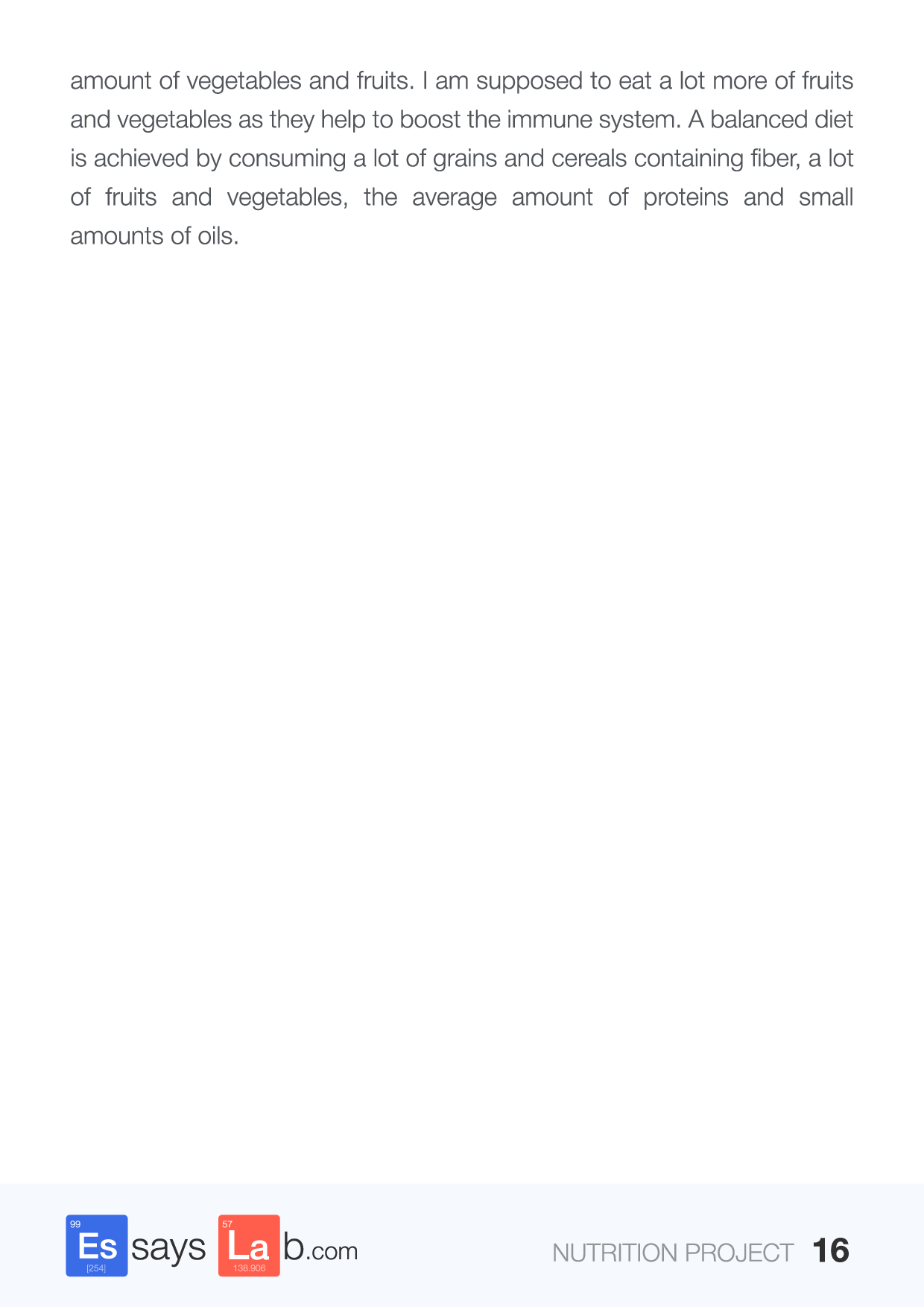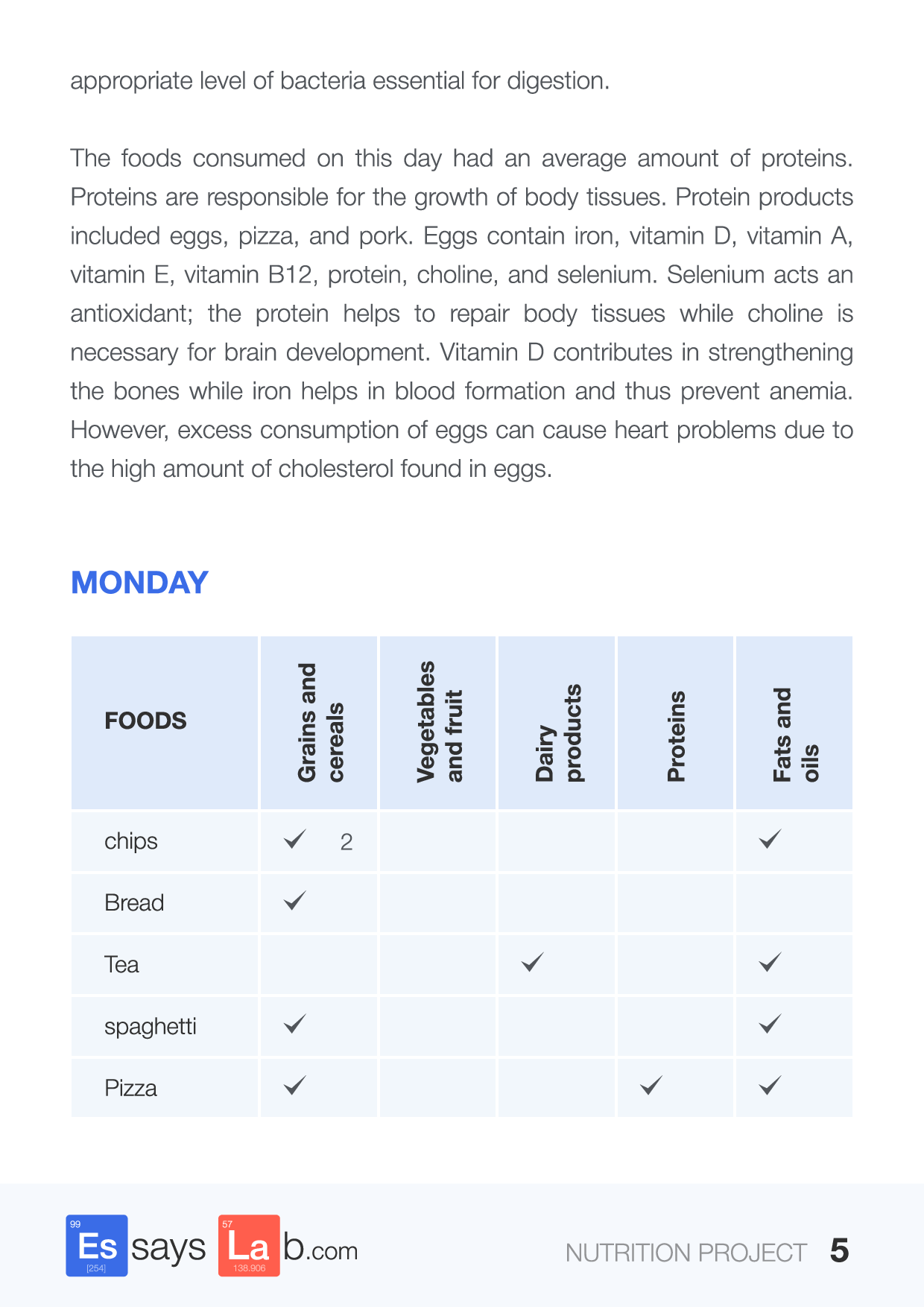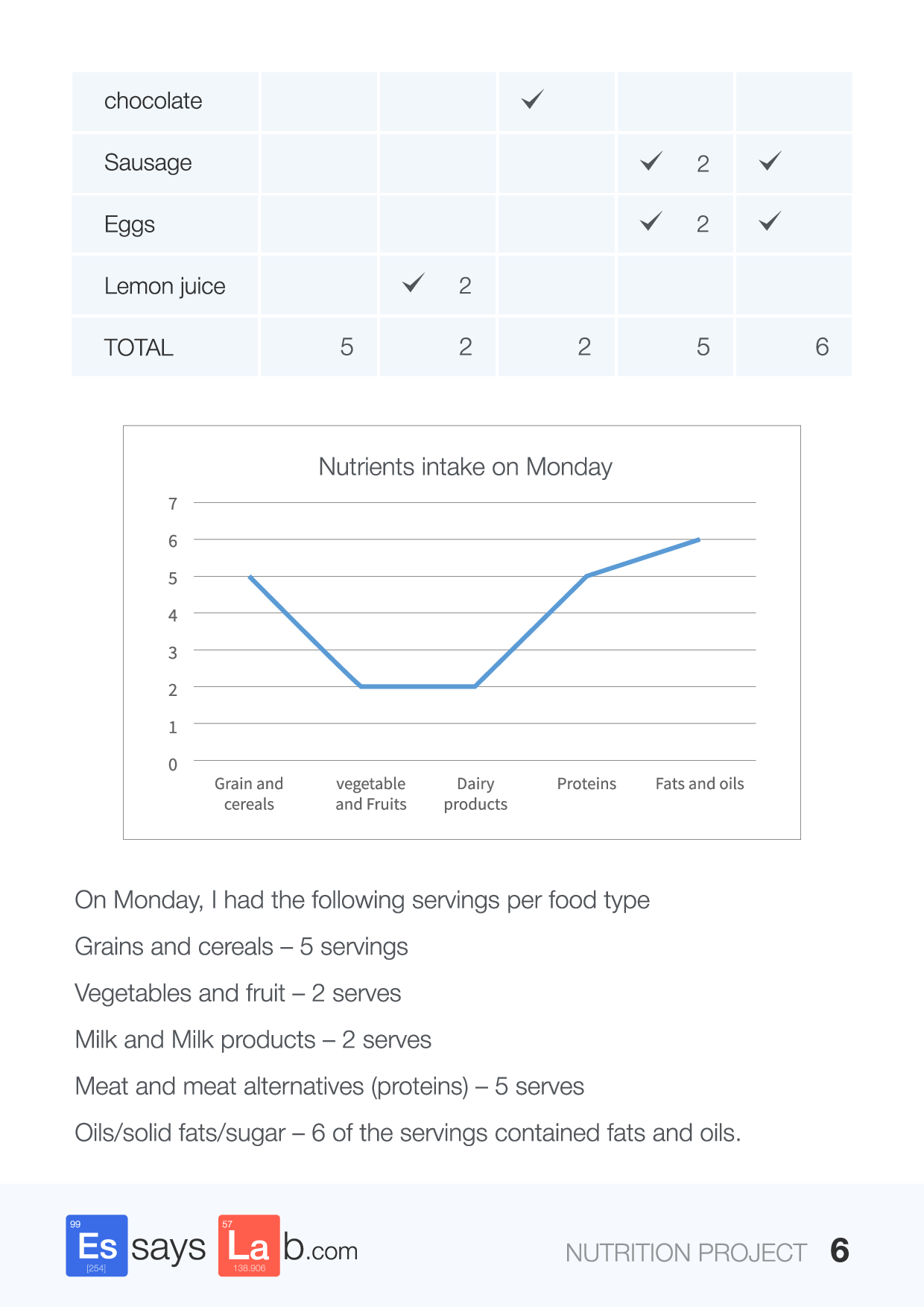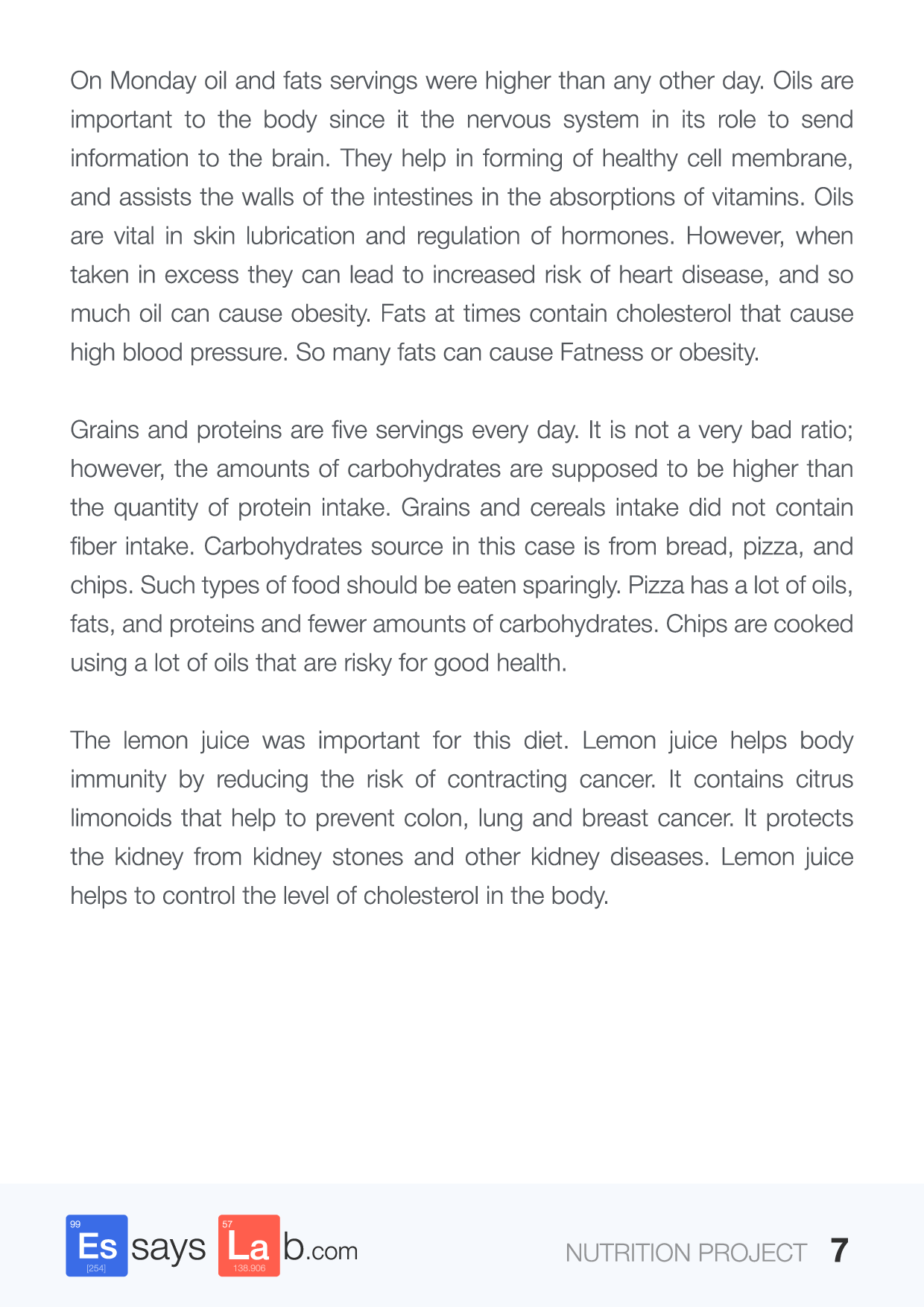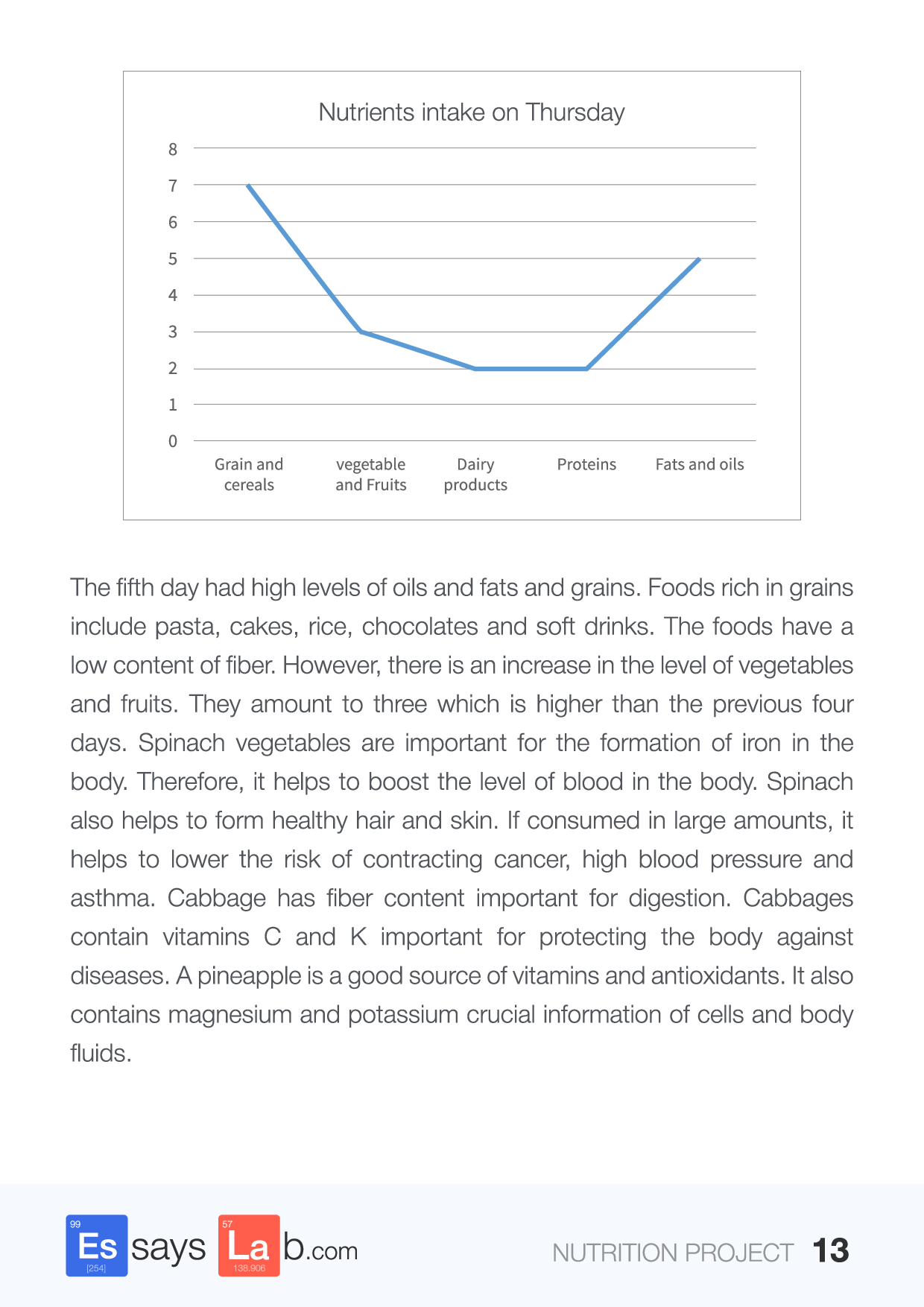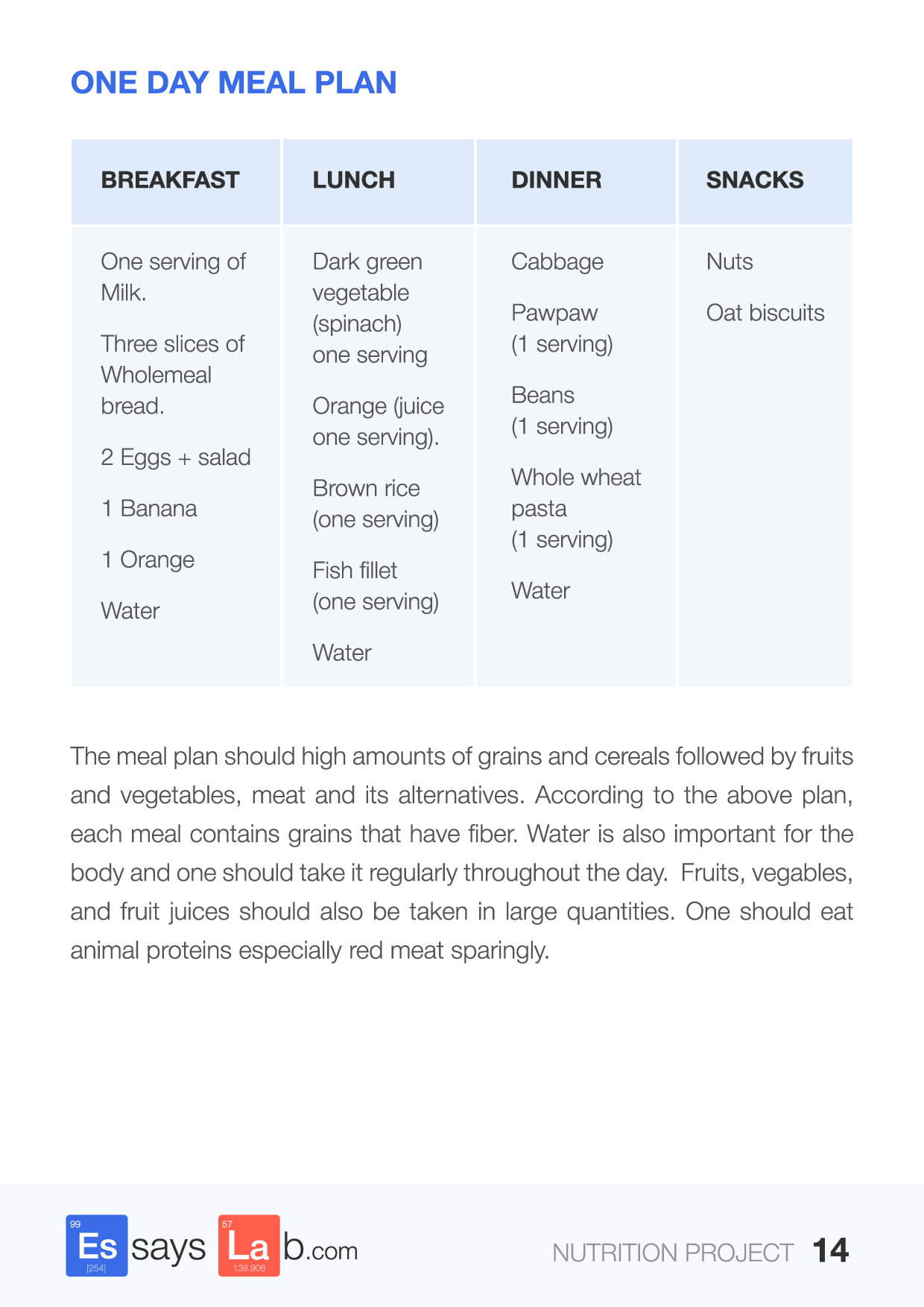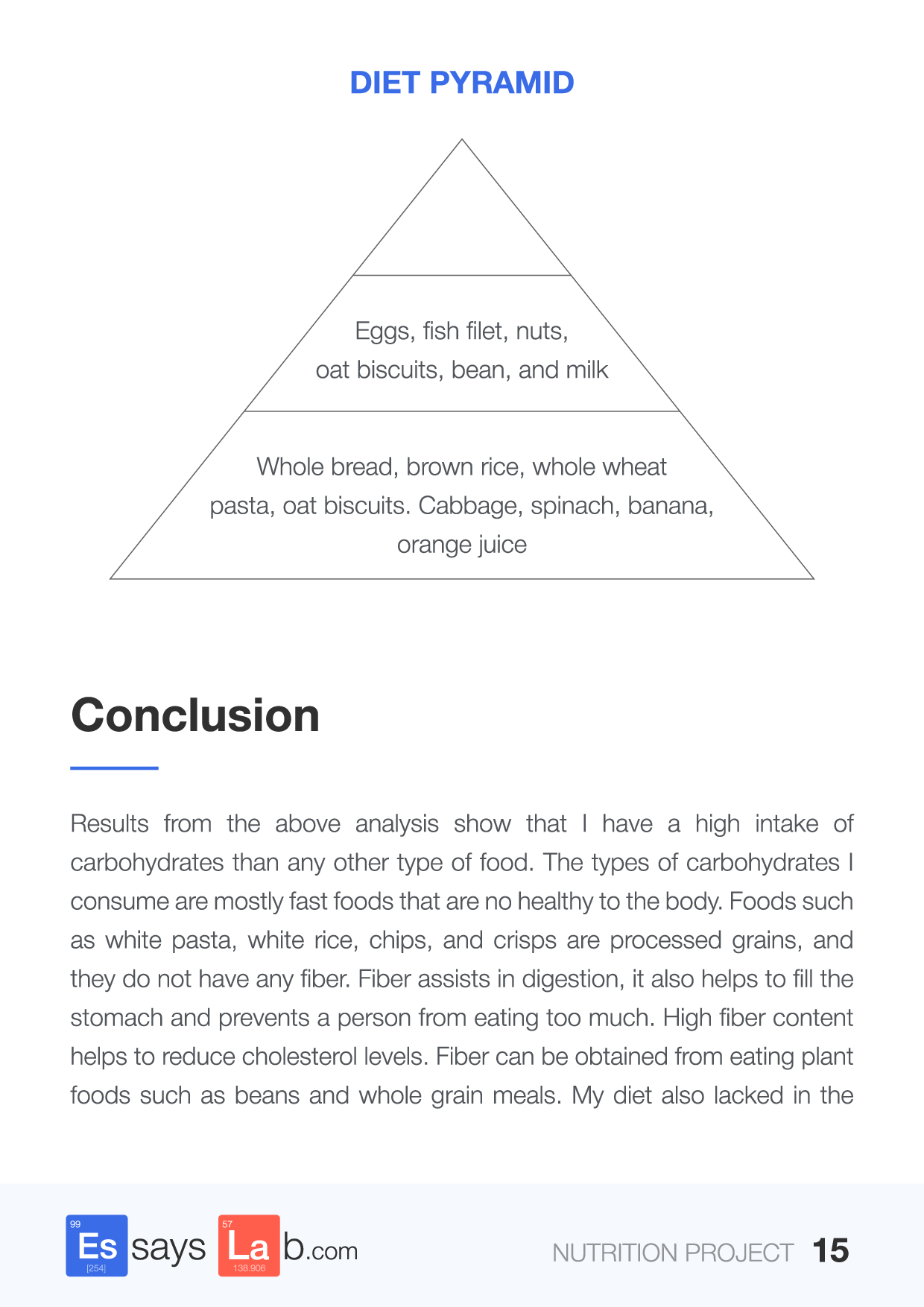
- Factors of Imbalanced Nutrition: Less than Body Requirements
- Characteristics of Imbalanced Nutrition: Less than Body Requirements
- Imbalanced Nutrition Less than Body Requirements Short-Term Goal
- Imbalanced Nutrition: Less than Body Requirements: Nursing Interventions and Rationale
- Nutrition Project Sample
Nanda defines an imbalanced nutrition care plan as a set of procedures done to address the problem of imbalanced nutrition, which means that the body cannot meet the needs in metabolism due to a lack of in-taken nutrients.
One of the common diagnoses in nursing is defined as ‘imbalanced nutrition: less than body requirements’ to demonstrate that the amount of nutrients obtained by the body is insufficient for meeting the metabolic needs available on the daily basis.
People require sufficient nutrition as it is one of the basic preconditions of the daily effective and normal functioning of the body and meeting of the metabolic requirements. In some cases, a person suffers from insufficiency of nutrition either as a result of diseases or certain social, physical and psychological factors. Cancer, gastrointestinal malabsorption, and various kinds of burns are some examples of serious diseases which make an impact on the individual nutritional status. As for the social factors, they are financial problems and low economic status, while physical factors include pain, weakness of the muscles, activity intolerance, alcohol and drug abuse, poor dentition, and others. Depression, dementia, and boredom are psychological factors that can be combined with cultural and religious ones.
It is more typical for women than for men to have the symptoms of imbalanced nutrition due to numerous changes in the female body. Age, some illnesses as well as pregnancy affect their nutritional status.
Factors of Imbalanced Nutrition: Less than Body Requirements
An imbalanced nutrition care plan always takes into account the following factors:
- The body cannot absorb the required nutrients
- The body cannot properly digest food
- The body cannot ingest food effectively
- Insufficient knowledge
- A person does not want to eat
- Lack of balance in the social, physical, and psychological statuses
Characteristics of Imbalanced Nutrition: Less than Body Requirements
- Pain in abdomen
- Cramping in abdomen
- Change in sensing tastes
- Percentage of body weight as compared to the ideal one: more than 20% below
- Fragility of the capillary system
- Diarrhea
- Intense loss of hair
- Intake of food which is lower than RDA (recommended daily allowance)
- Food aversion
- Sounds of hyperactive bowel
- Lack of information
- Lack of willingness to eat
- Poor muscle tone
- Misperception in nutrition
- Wrong information about nutrition
- Inadequate color of mucous membranes
- Perceived incapability of food ingestion
- Satiety right after food ingesting
- Sore buccal cavities
- Weak mastication muscles
- Weak swallowing muscles
- Proper intake of food with weight loss
Imbalanced Nutrition Less than Body Requirements Short-Term Goal
Objectives and Outcomes
- Patient demonstrates better awareness of proper nutrition requirements and benefits.
- Patient does not have any signs of losing weight.
- Patient does not have any malnutrition signs.
- Patient in-takes normal food and an adequate amount of calories
- Patient demonstrates good eating habits and no nutrition problems
Imbalanced Nutrition: Less than Body Requirements: Nursing Interventions and Rationale
|
Nursing Interventions |
Rationale |
|
|
|
|---|---|
|
Give the explanations to the patient about the benefits of adequate nutrition as well as the negative consequences of nursing diagnosis for obesity and malnutrition. |
The patient will understand the requirements of daily nutrition for the body. |
|
Determine the weight of the patient’s body via the use of a standard weighing scale. |
Determine the patient’s actual weight and compare it to the index of normal body mass. |
|
Ensure proper positioning while eating. |
It is possible to avoid the risk of aspiration while having a meal. |
|
Take care of oral hygiene |
It is one of the guarantees of proper food taste and a good appetite. |
|
Explain to the patient that it is better to have frequent but small helpings of food. |
The patient will have an enhanced appetite and good food digestion. |
|
Explain the negative effects of drinking carbonated and caffeinated beverages. |
The patient’s hunger will decrease. |
|
Motivate the patient to exercise continuously. |
Metabolism will get improved. |
|
A nursing care plan for weight loss should also include adapting changes to the current practices. |
It is important to respect the preferences of the family and demonstrate respect for the background and culture. |
|
|
|
|
Ask for dietitian’s advice, if needed |
Specify the nutritional content required for the patient to prevent further nutritional problems and resolve the available ones. |
|
Ask for the advice of an occupational therapist if the patient has physical disabilities. |
Help the patient not to disrupt good nutrition |
|
Accompany the imbalanced nutrition care plan with the advice of a speech therapist if the patient has impaired swallowing |
The patient will be able to have the swallowing techniques improved |
Nutrition Project Sample
Order Perfect Nutrition Care Plan Online at a Professional Custom Writing Service
Care Plan Writing Experts
- Unique material;
- Strict confidentiality;
- Following all order requirements;
- Meeting the deadlines;
- Helpful and responsible staff;
- 24/7 customer helpdesk;
- Reasonable prices;
- Rewriting, proofreading, editing.
How to Order a Nutrition Care Plan Online
You May Find These Useful:
Nursing Care Plan for Self Care Deficit How to Write a Nursing Care Plan Risk for Aspiration Nursing Care Plan


 Independent
Independent Collaborative
Collaborative